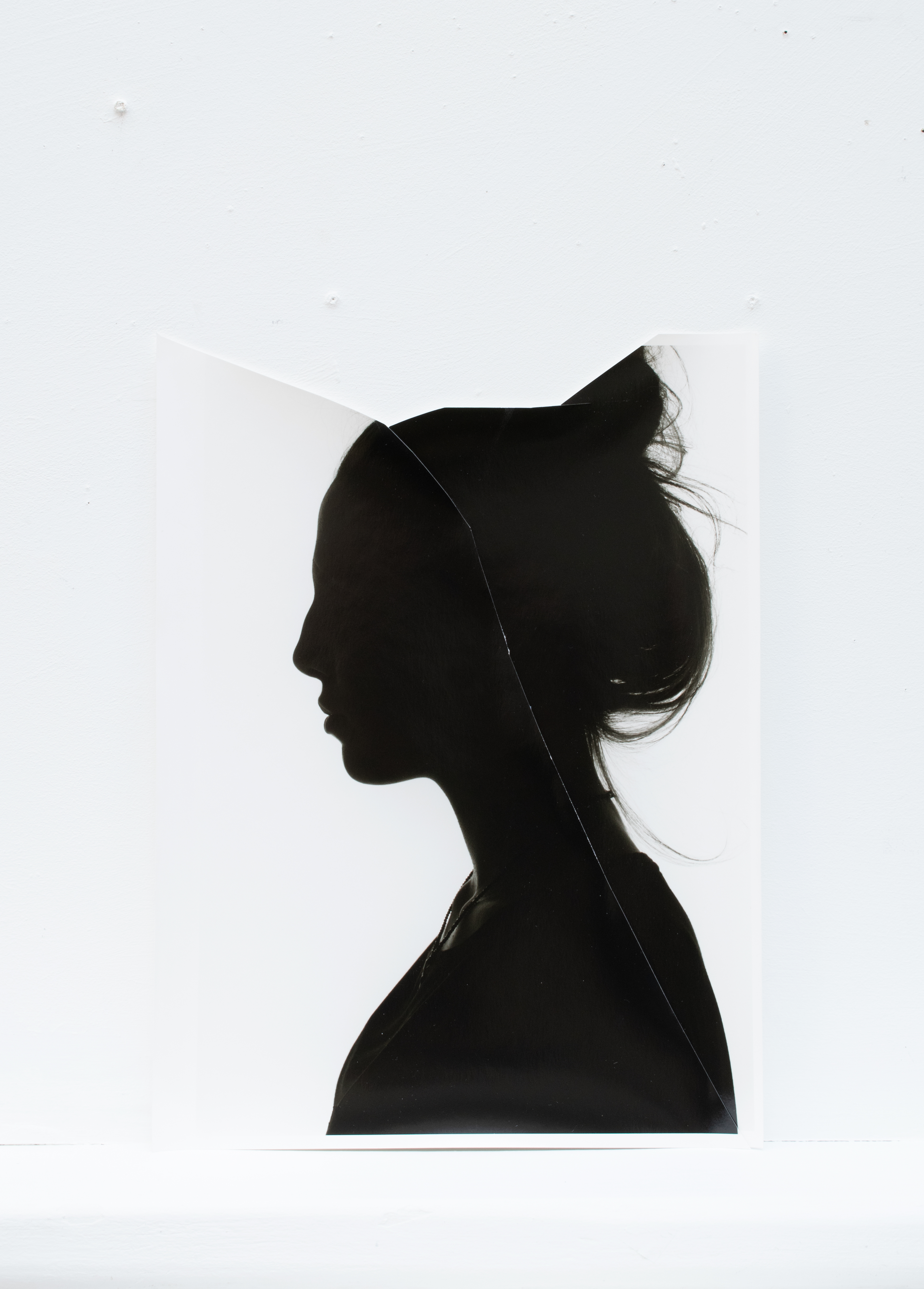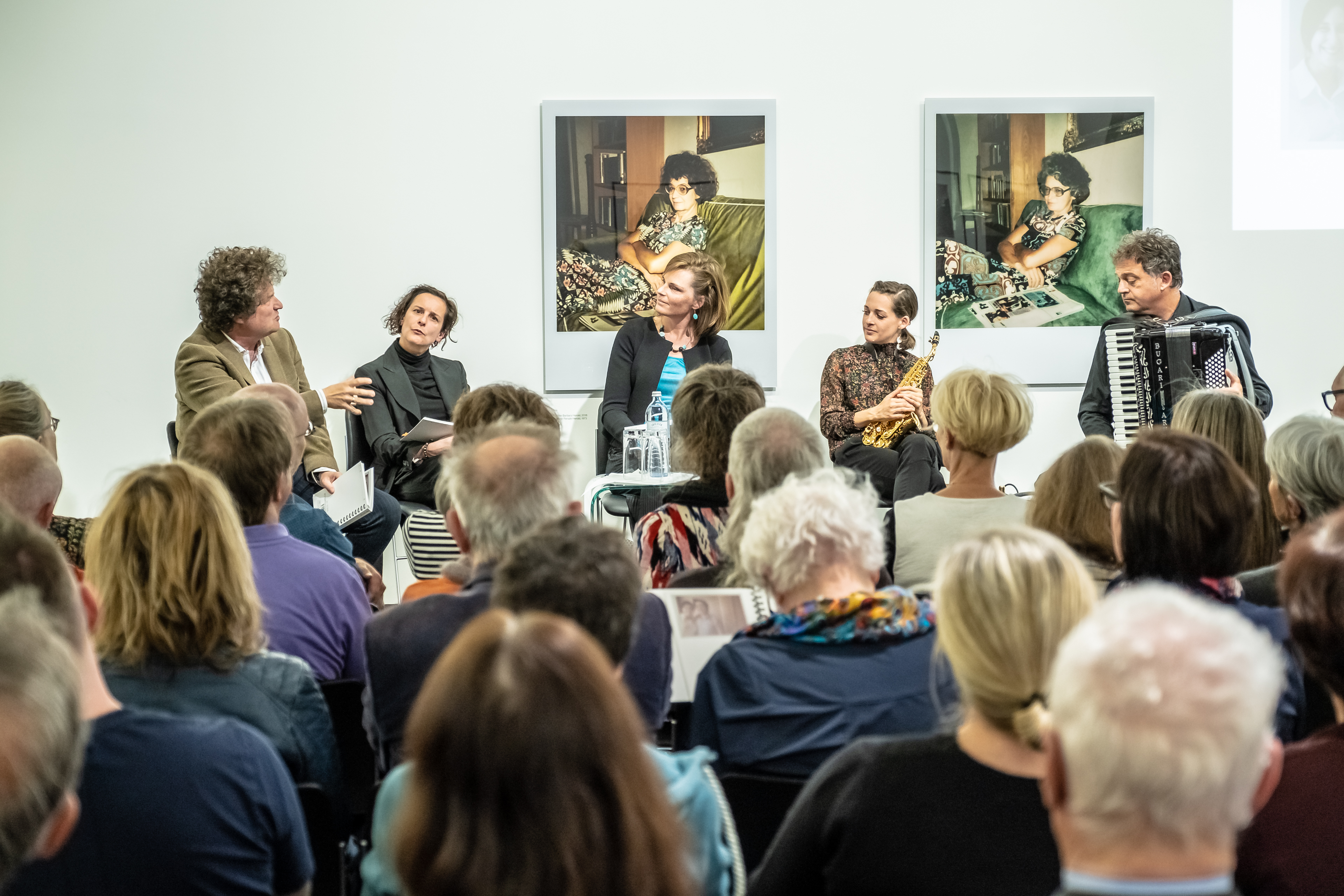Bettina von Zwehl
WUNDERKAMMER
Photography

For this series, INN SITU invites art photographers to produce new work in response to the region of Tyrol and Vorarlberg. Before Bettina von Zwehl’s exhibition, Carlos Spottorno and Guillermo Abril turned the BTV Stadtforum into a walk-in comic with their reportage exhibition, which was a cross between a graphic novel and a photo story comprising images of the border between Austria and Italy in Tyrol.
After focusing on this portrait of a political landscape, we shift our viewpoint towards the institution of the museum, a paradigmatic focal point of European culture, which lies at the heart of Bettina von Zwehl’s work.

Collect and conquer
Ambras Castle in Innsbruck is the oldest museum in the world and holds the only Renaissance Chamber of Art and Wonders (Kunst- und Wunderkammer) of its kind to have been preserved at its original location. The collection that was systematically created by the Habsburg Archduke Ferdinand II marks the beginning of the modern museum in Europe.
Making-of of the exhibition WUNDERKAMMER by Bettina von Zwehl
Editing, camera: Thomas Osl, STUMMLAUT Tonstudio.
Bettina von Zwehl focused her attention on the subjects of history, architecture and the collections at Ambras, however, she also looked for another way to link the various themes in situ through her collaboration with a group of students from a specialist grammar school in Innsbruck, who she has used as subjects for her work. The museum as an institution and the strategies applied to portraiture as a process are the two main strands of the artist’s work. Both areas of focus have produced new works of art for INN SITU, which can be viewed in the exhibition and in the accompanying publication.
The museum is therefore seen as a repository in which the history of the portrait and its various aesthetic manifestations are memorialised. The viewer is taken on a journey through cultures, dynasties, religious movements, ideologies, different forms of presentation and visual techniques. Furthermore, the museum represents the dominance of the discourse of power in society that centres on who is portrayed, and on who or what is left out.
At the periphery of drawing and sculpture
Working in the studio represents the artist’s interest in the interaction between photographer and model. Bettina von Zwehl experiments with various compositions and the degree to which they lean towards control or freedom. For example, when the Innsbruck students activate the camera by means of a wire and decide when they want the shot to be taken themselves or when the children are photographed holding and caring for a live snake.
Bettina von Zwehl’s Wunderkammers are her studio and darkroom. This is where her brilliantly crafted prints are created, alongside razor-sharp miniatures, negatives as a three-dimensional material exposed to light at differing levels over several weeks as well as perfectly adapted passepartouts. The work is often developed in a meticulous fashion, but can also be ripped or cut in a spontaneous way: in other words, created and destroyed. The photographs begin to transcend the boundaries of the medium and to transform. Silhouette portraits move towards drawing, whilst cut outs lie at the periphery of sculpture.
Bettina von Zwehl
is a visual artist who works predominantly with photography and installation. After graduating from the Royal College of Art in London, she focused on the interaction between photography and portraiture. Renowned internationally for her profile portraits and silhouettes, she has completed several residences around the world, including at the Victoria and Albert Museum, London, the Freud Museum, London, and the New York Historical Society Museum and Library.
Her work is exhibited in a number of collections, amongst them the Solomon R. Guggenheim Collections, New York, the Victoria and Albert Museum, London, the Arts Council Collection, London, the National Portrait Gallery, London and the Rubell Family Collection, Miami. The artist lives and works in London.









